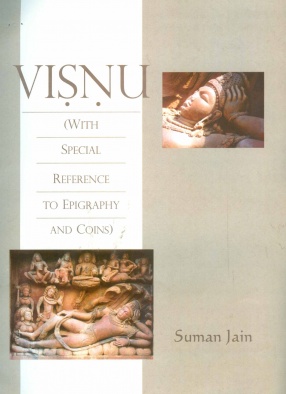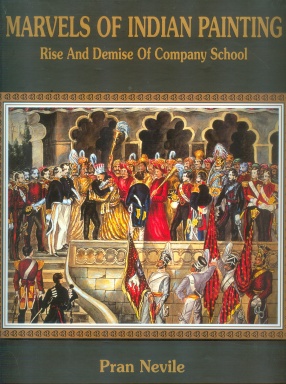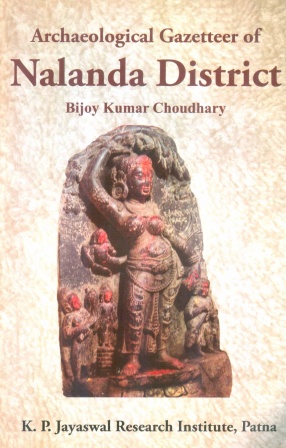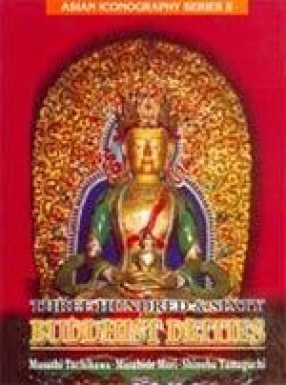Visnu is the object of worship as the Supreme Deity of Vaisnavism, which is one of the most important cult that came into existence some centuries before the Christian Era. A study of epigraphical evidence discloses a variety of names and attributes of Visnu known throughout north India. He has been called Visnu and Vasudeva in the Gujarat-Saurashtra region; Purusottama, Rajivalochana and Upendra in central India; and Narayana, Trivikrama and Vhaturbhuja in estern India. In the Upper Ganga valley region, he is addressed as Adikesava and Chandra-madhava. With the elaborate nomenclature, the attribute of the god are equally impressive in number and variety. The chakra, kaustubha, Garauda and sankha which are very often in the inscriptions described are traditionally associated with Visnu.
The book is mainly concerned with the historical development and mythological associations of Visnu. Though his presence is too conspicuous in ancient Indian art and literature, but the profile of the Visnu provided by the epigraphical annals has its own importantance. The accounts that follows, provide glimpses into the adoration of the God Visnu, in a somewhat chronological order, as available in the epigraphical annals from earliest times. There are almost fifteen hundred (1500) incriptions belonging to second century BCE to twelfth century CE, cover the entire geographical limits. These inscriptions have been issued by the royal authority and private donors. Invariably they indivate the name of ruling authorities and the common people, the occasion, the purpose of the grant and also usually the date on which the record was incised.






There are no reviews yet.